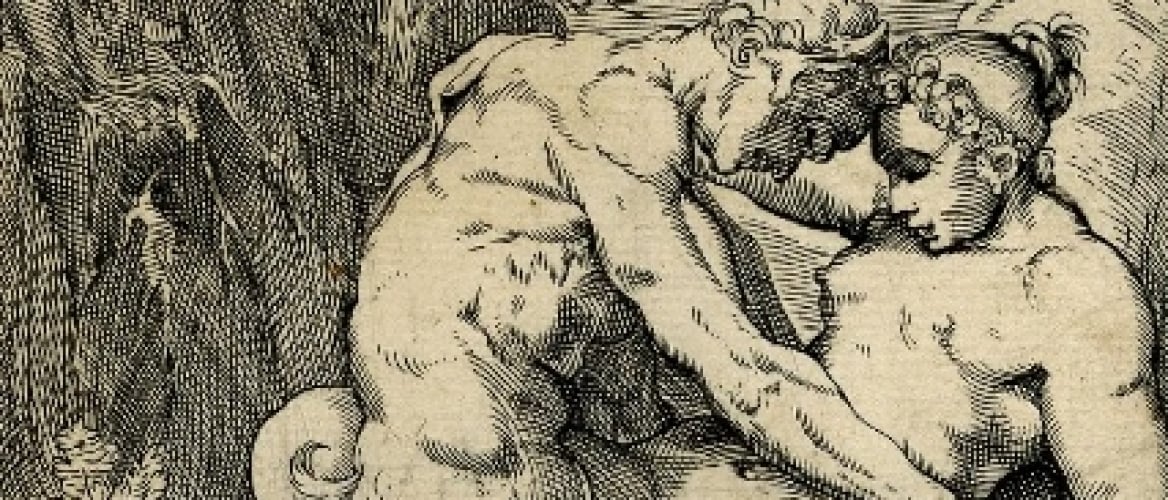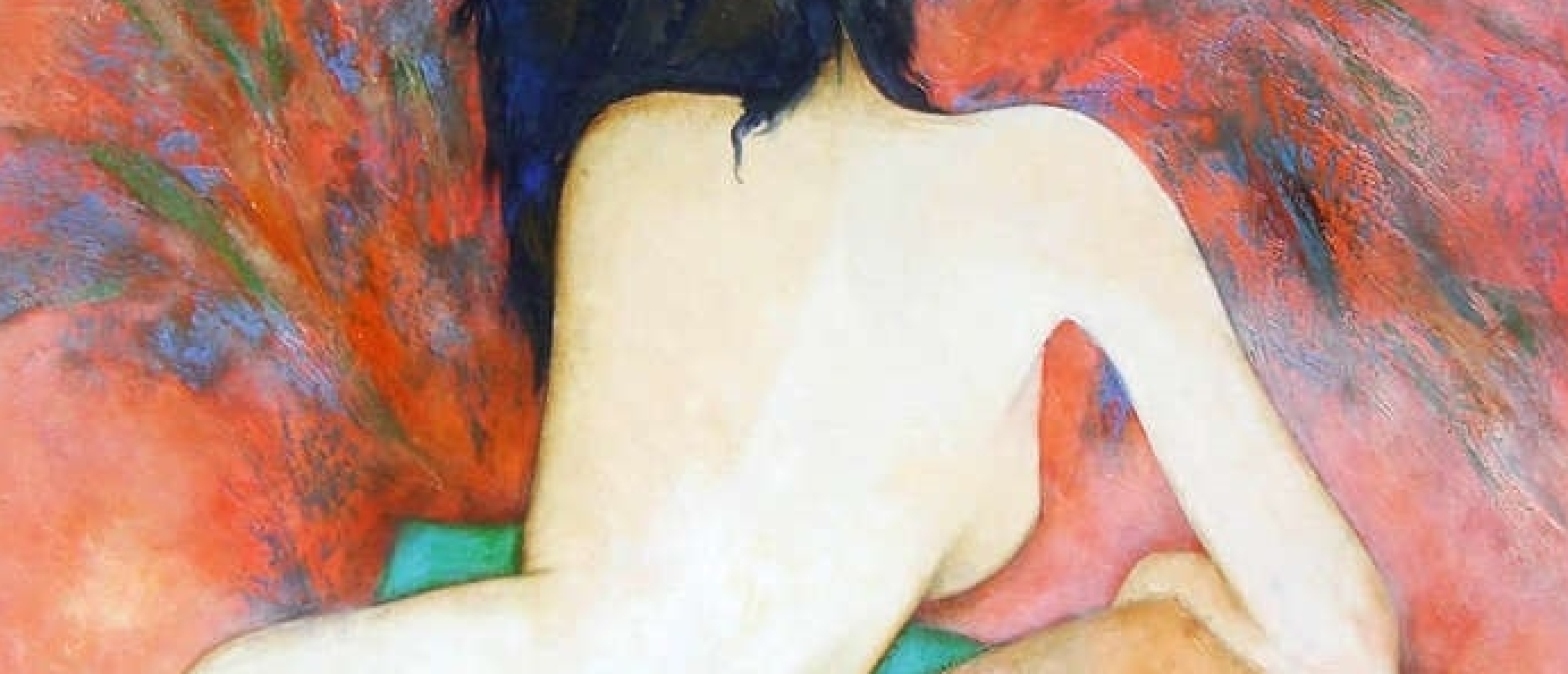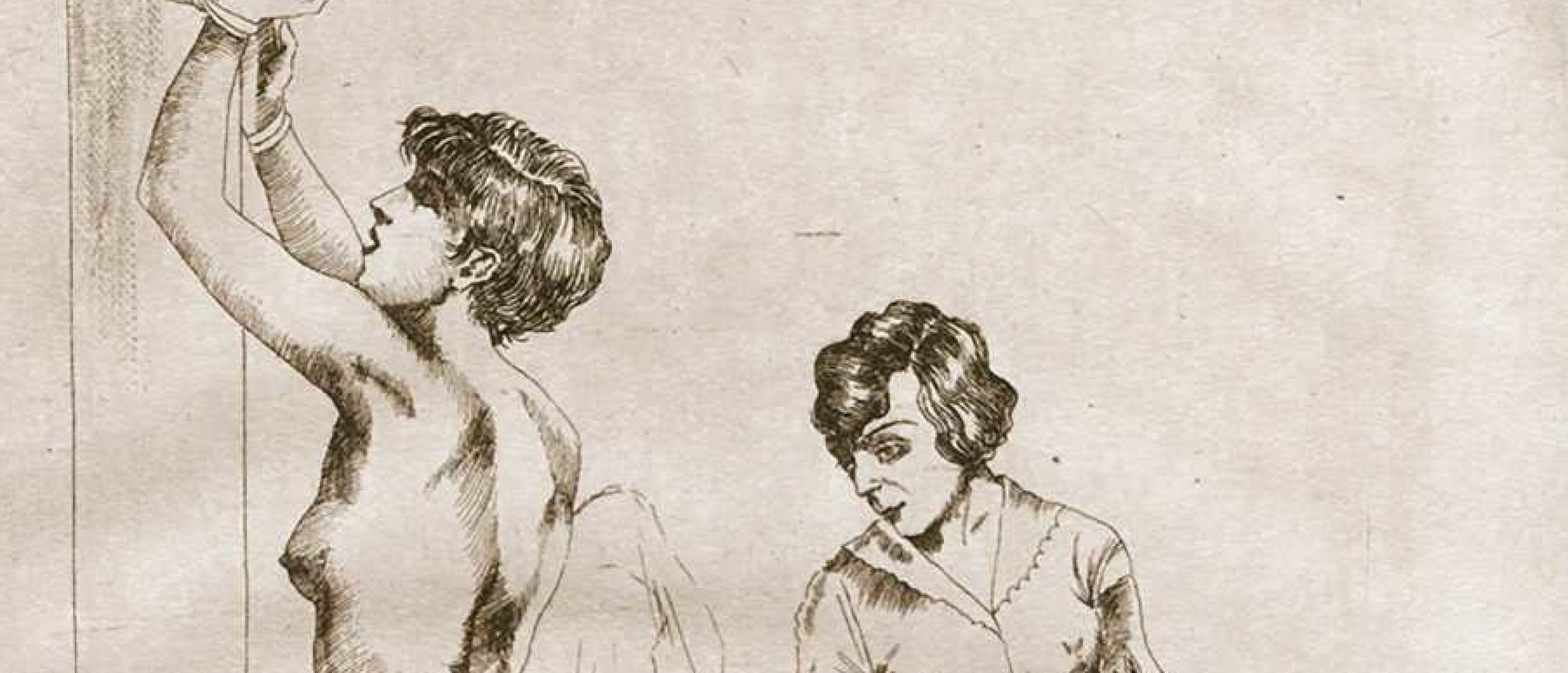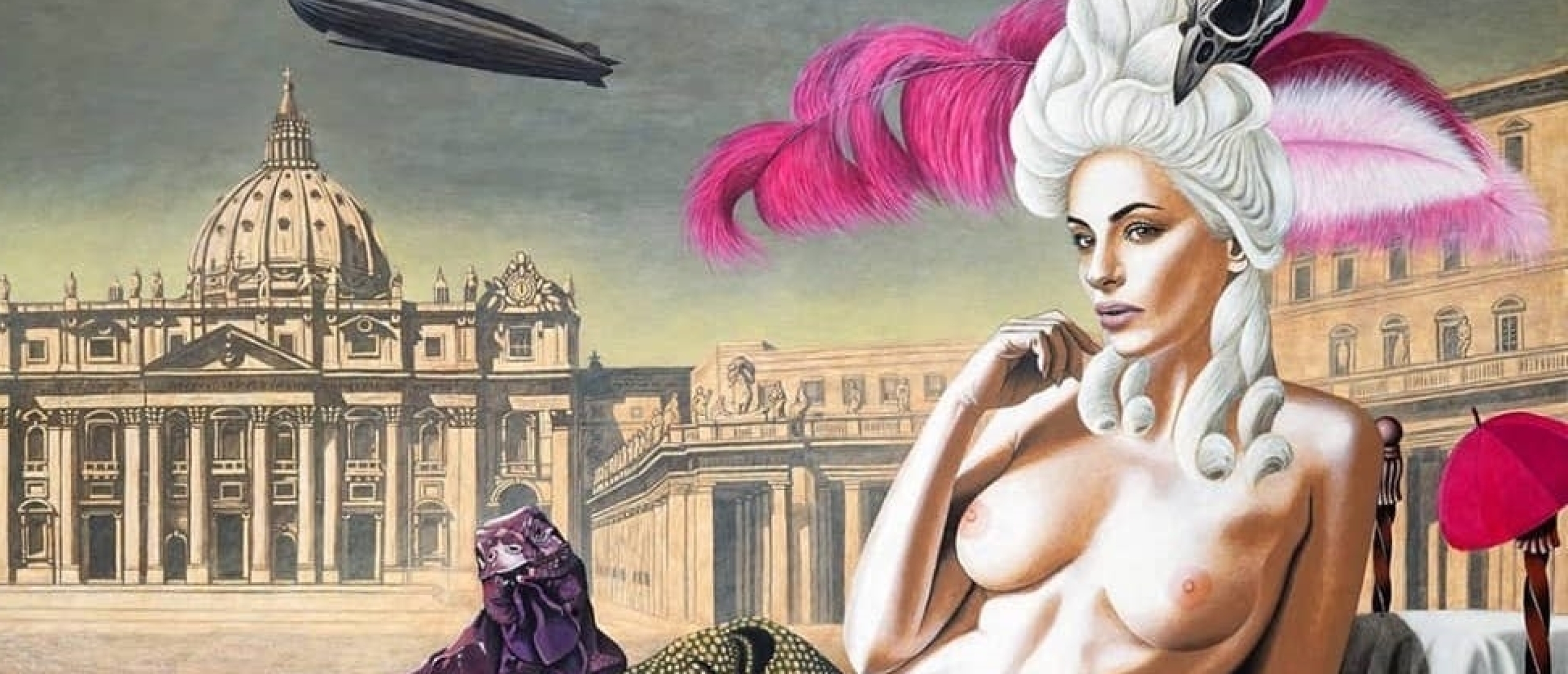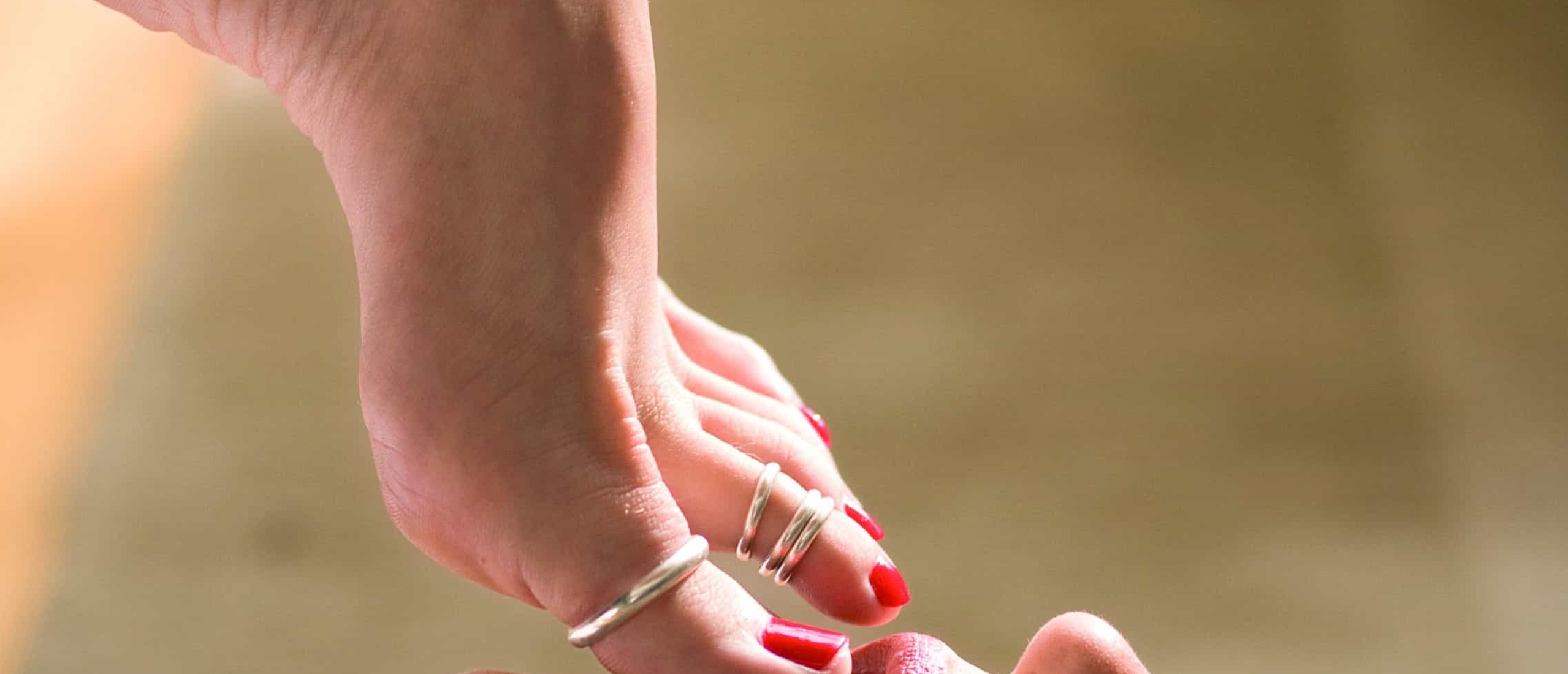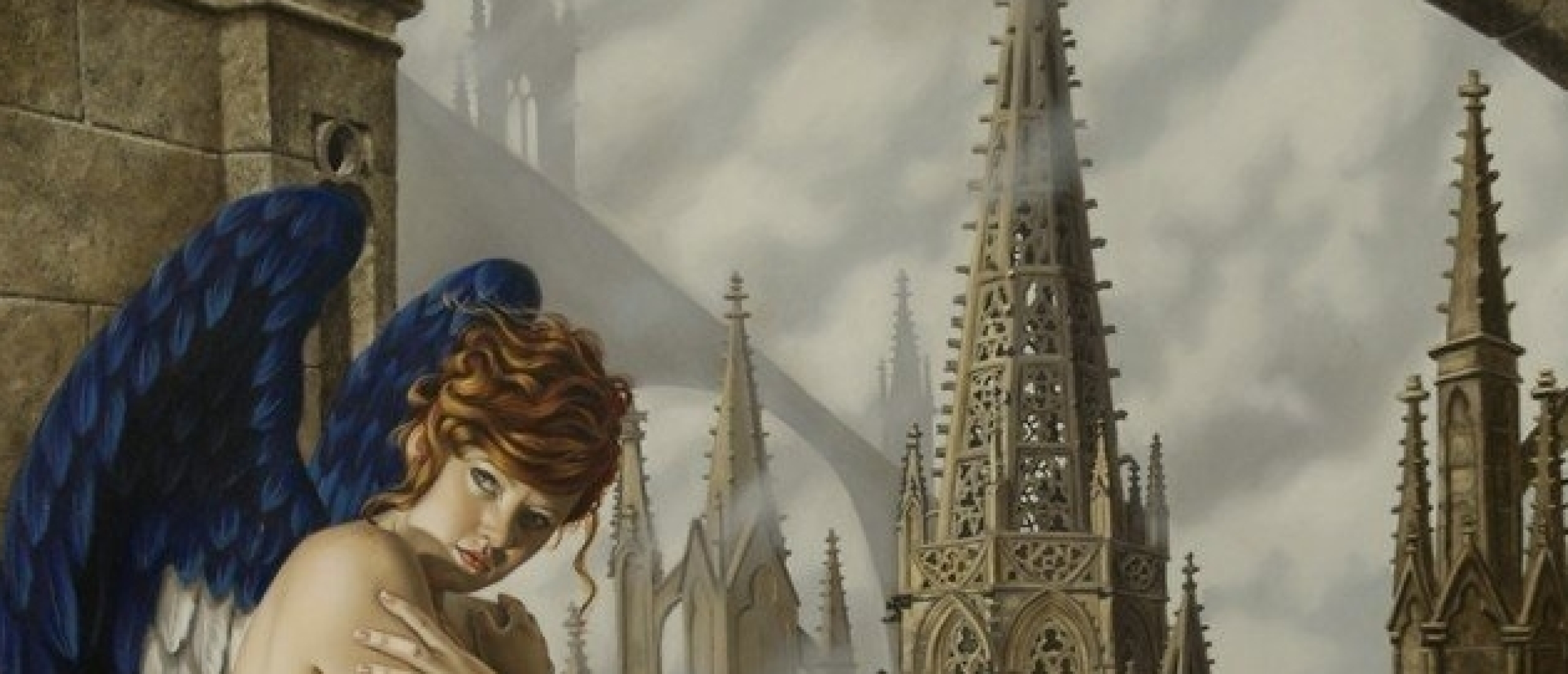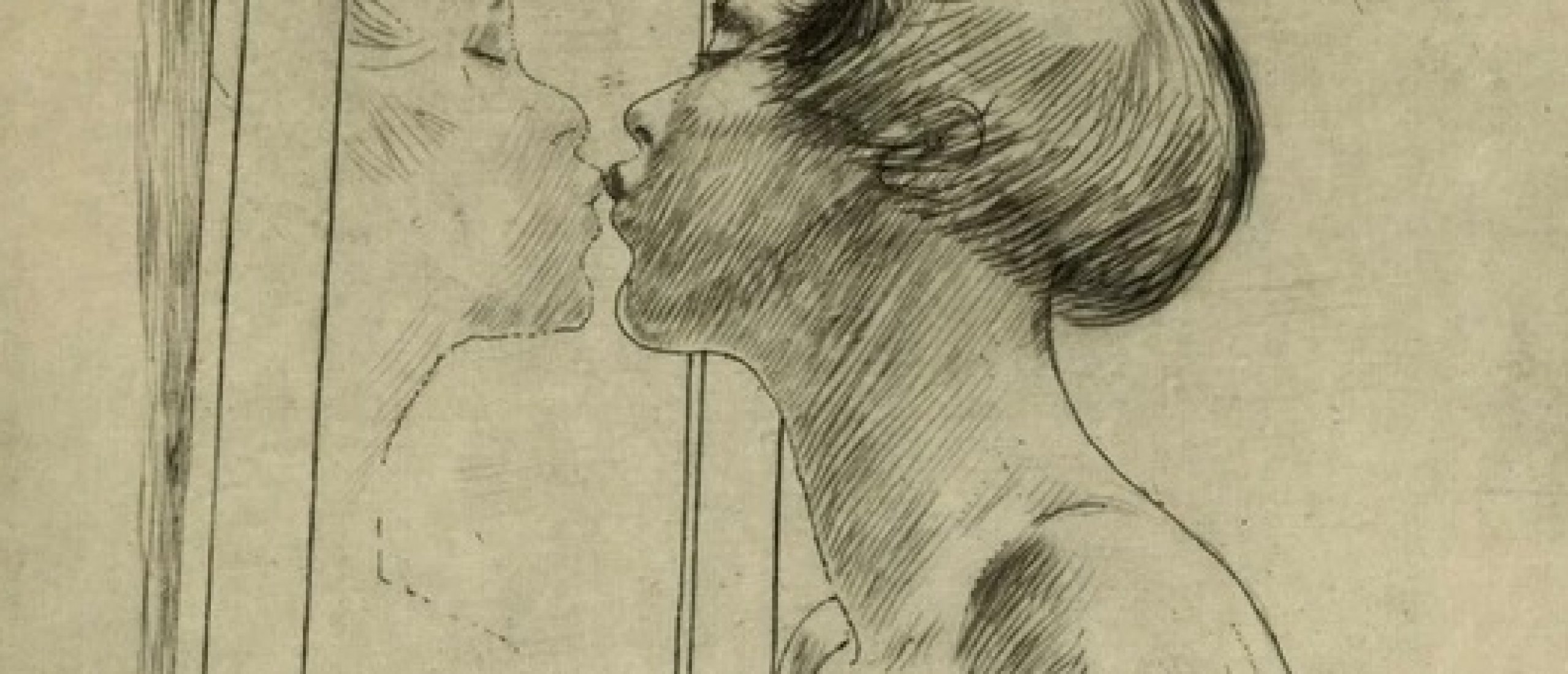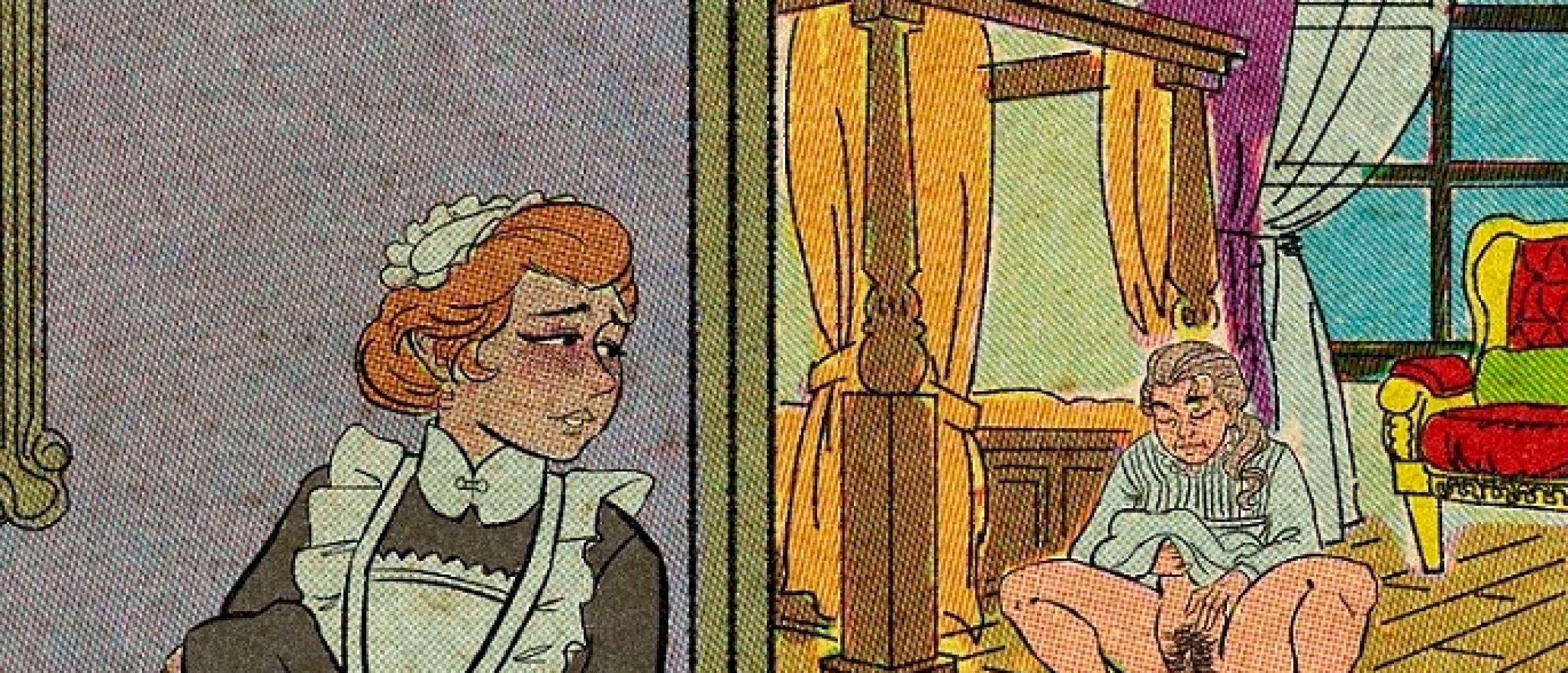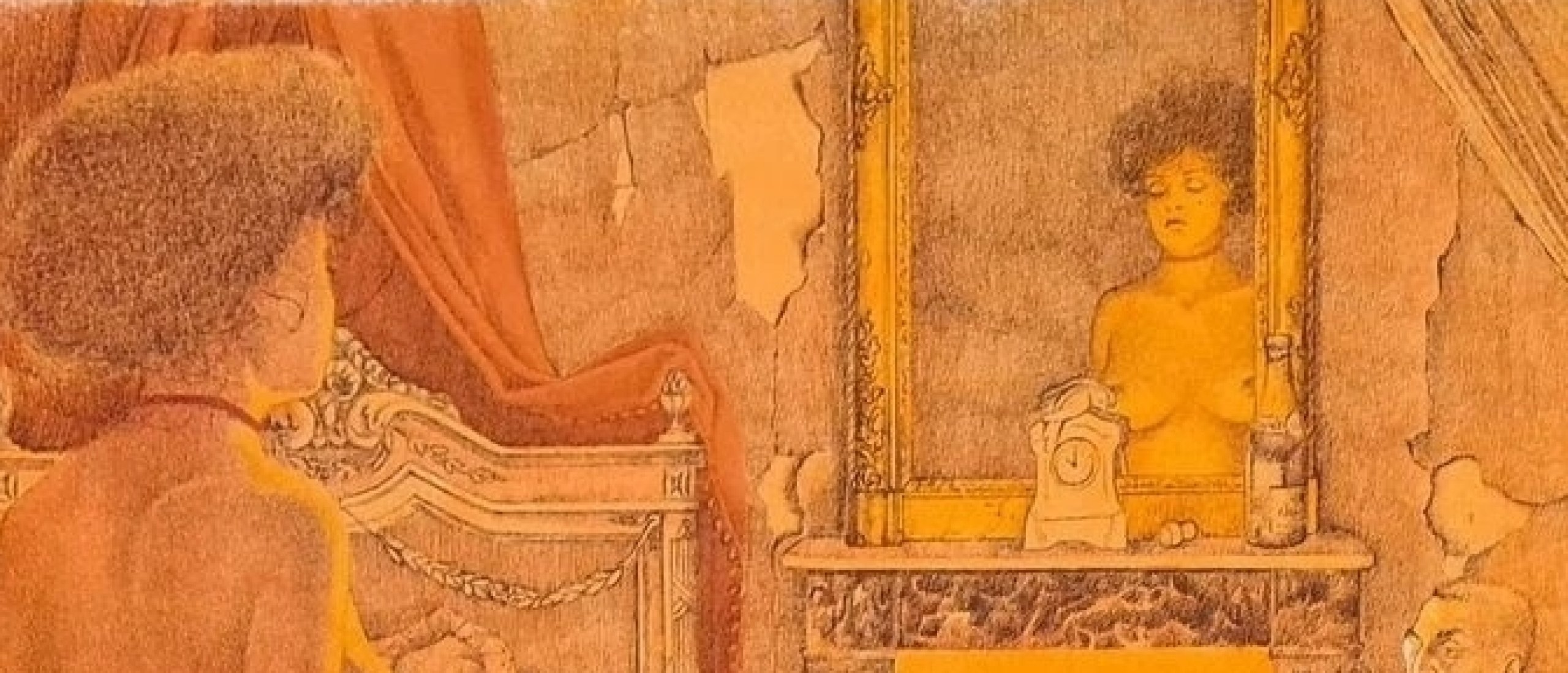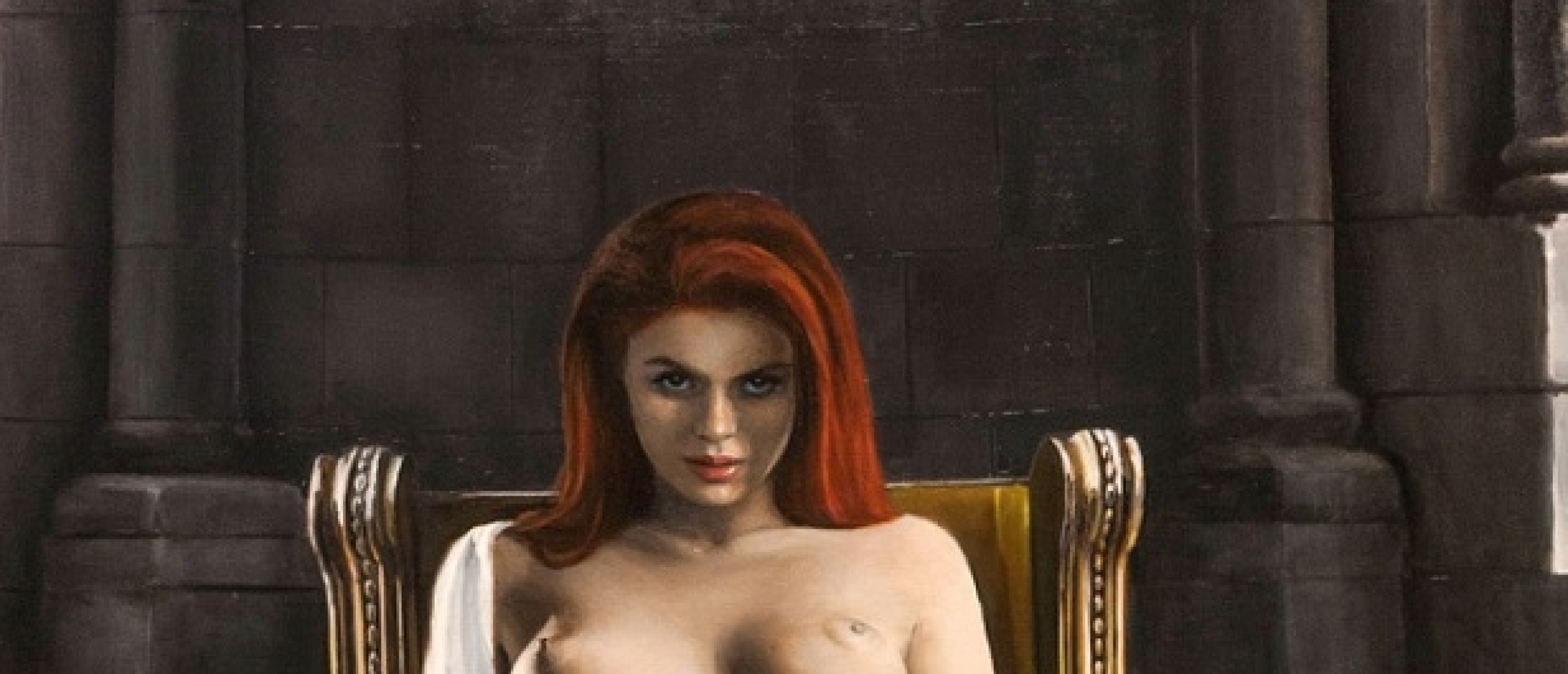
I am a traditional painter. All my work is done with pencils, pastels, brushes, and some paint. My current approach is an expression in the spirit of realism but often adding elements of romantic symbolism. My first goal is to create positive emotion, starting with mine. I stage foremost human beings with a preference for femininity, often enhanced by nudity (concorde-art-gallery.com). This is how the French painter Jean-Pierre Leclercq describes his artistic approach. His paintings are devoted to iconic female characters who radiate slight eroticism, both carnal and spiritual.
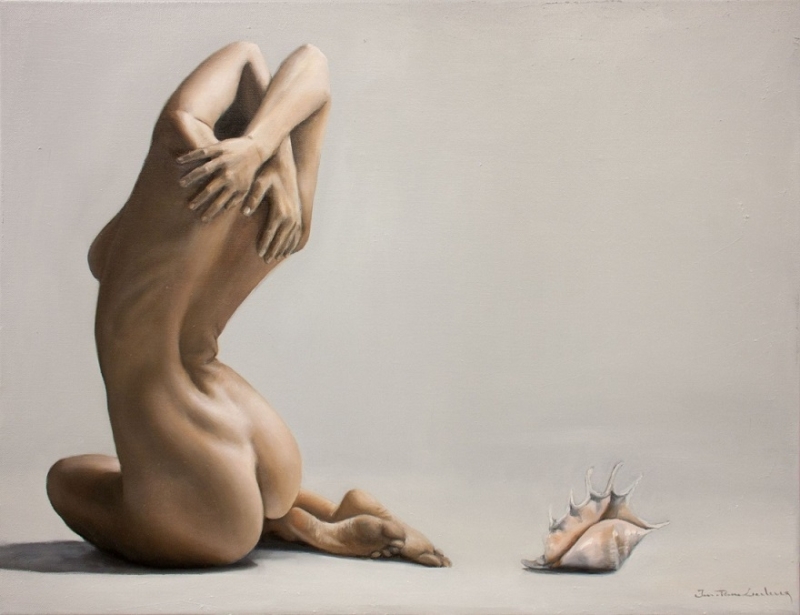
Fig. 1. La Conque (jpleclercq.com)
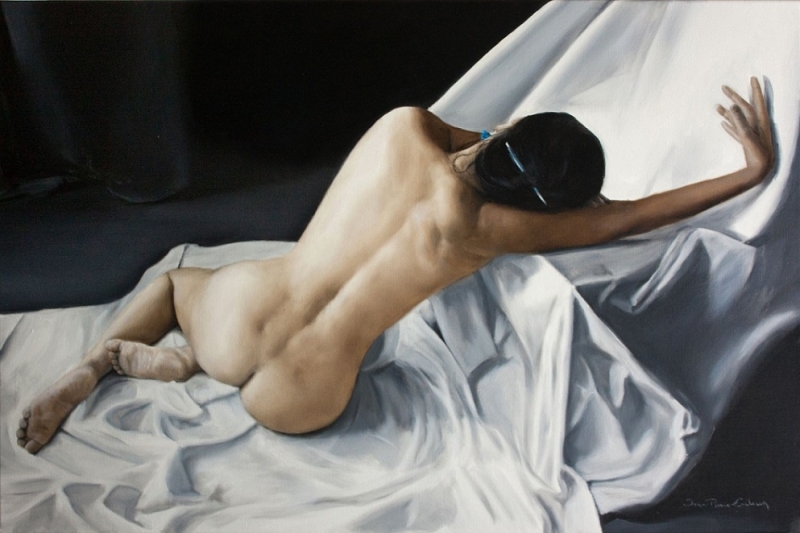
Fig. 2. Cascade (jpleclercq.com)
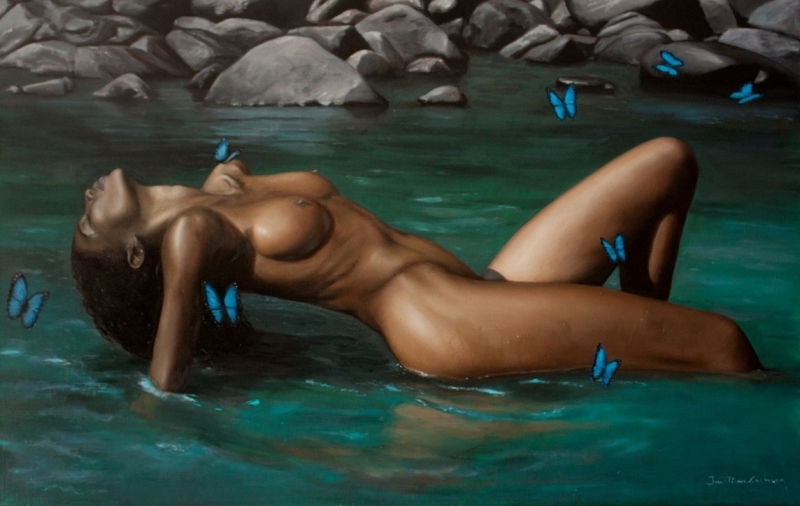
Fig. 3. L’été (jpleclercq.com)
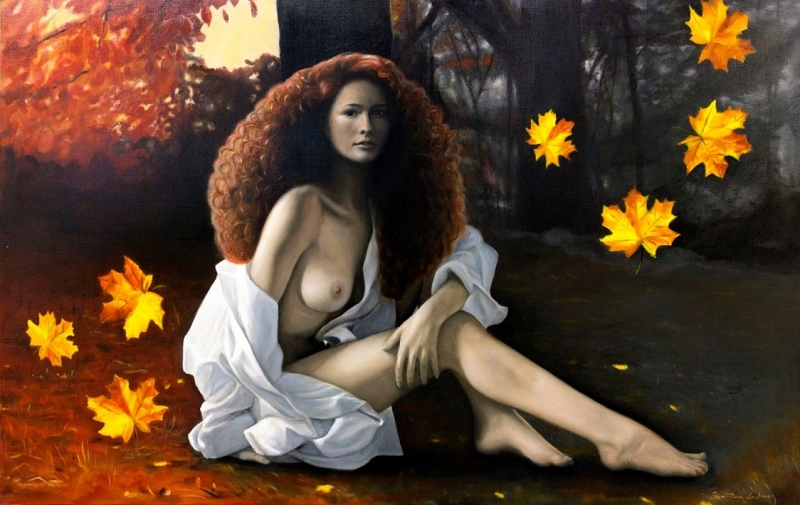
Fig. 4. L'Automne (jpleclercq.com)
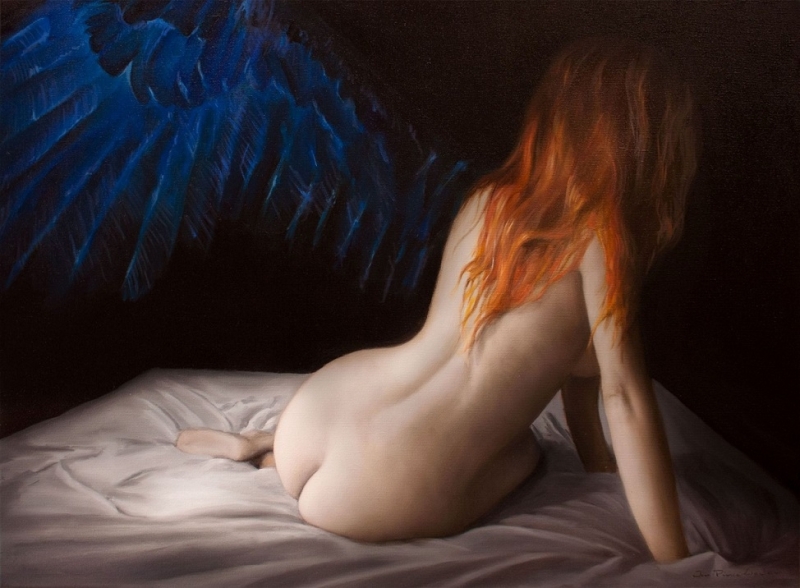
Fig. 5. De-Siderium (jpleclercq.com)

Fig. 6. Solitude (jpleclercq.com)
Self-Taught Champion
Jean-Pierre Leclercq was born in 1960 in the former Seine and Oise (Northern France). As he claims, fine art always was a part of his life, though he began producing images only in 2003. Leclerq started as a self-taught painter. Two years later, he came to a plastic arts workshop at the Vélizy commune to sharpen his skills. Then, for half a year, he trained at the School of Fine Arts of Versailles. In 2008, the artist relocated to Provence from the suburbs of Paris. He works with dry pastel and oil on canvas or wood. Leclercq's paintings can be found in private collections in France, the Netherlands, Germany, and the United States. In 2012, the artist was a finalist in the annual contest organized by the Art Renewal Center, with more than 2100 works submitted by 800 artists.
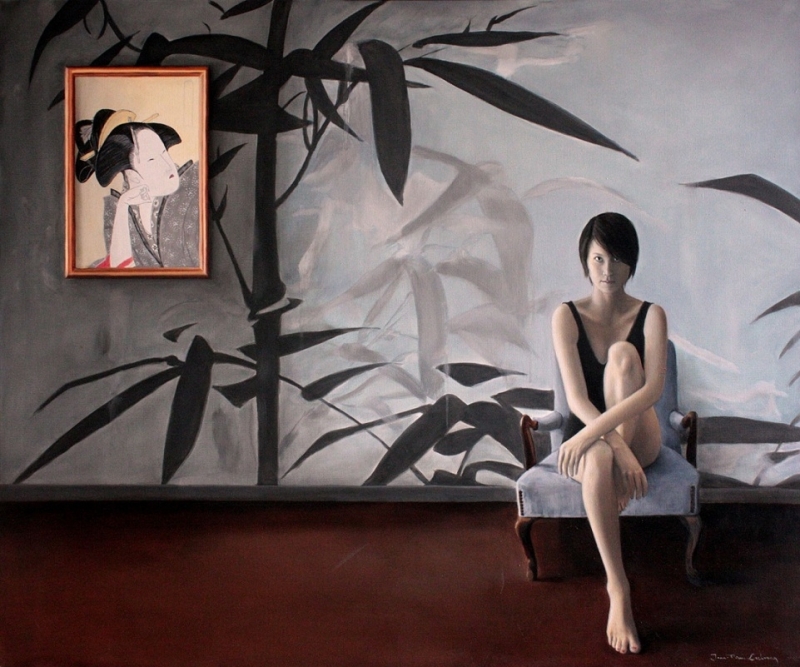
Fig. 7. Mono Omou Koï (jpleclercq.com)
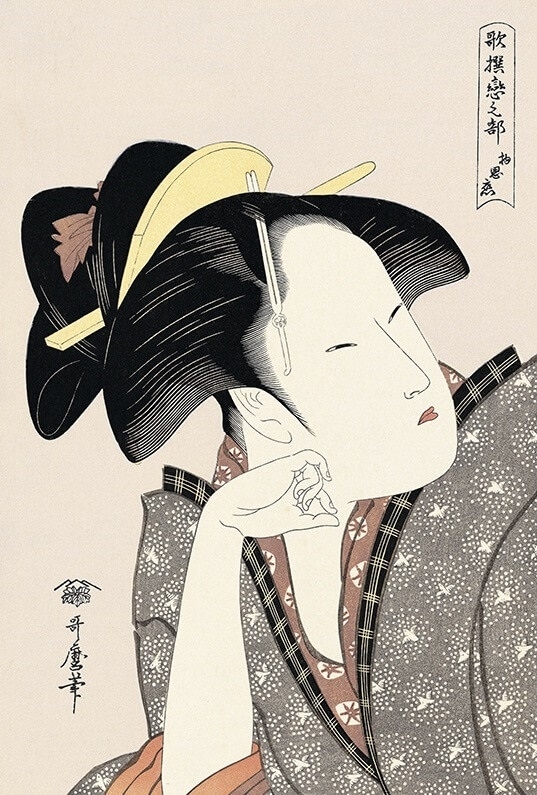
Fig. 7b. Kitagawa Utamaro, bijinga (orientalsouls.com)
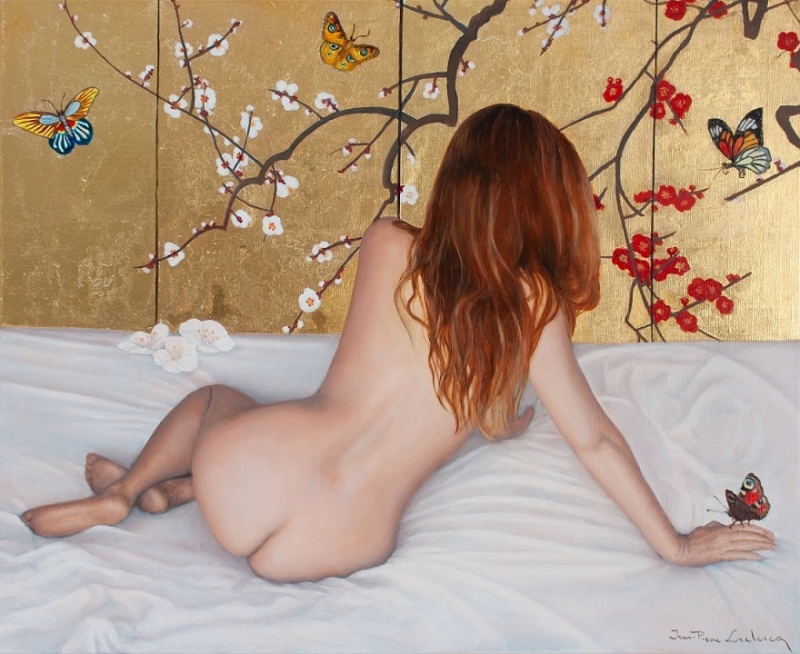
Fig. 8. Lady Butterfly (orientalsouls.com)
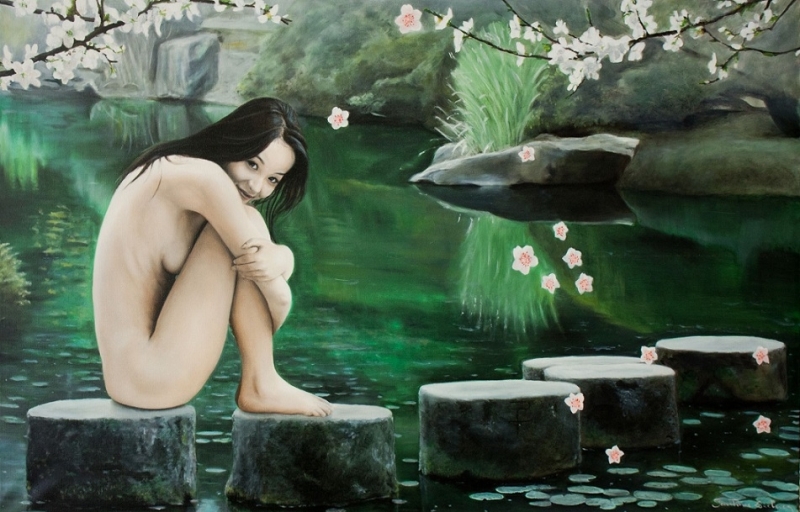
Fig. 9. Le Printemps (orientalsouls.com)
Japanese References
While platforms like ARC praise the figurative realism of the artists presented there, our gallery focuses on Asian influence, if there is any. Some works of Leclercq contain obvious references to Japanese culture and famous ukiyo-e masters. One of his paintings, Mono Omou Koï , features the bijinga by Utamaro. Leclercq juxtaposes a modern Japanese woman with the ideal woman of previous centuries, thus, providing the succession of beauty, which never fades and stays the same at its' core.

Fig. 10. Lilith (orientalsouls.com)
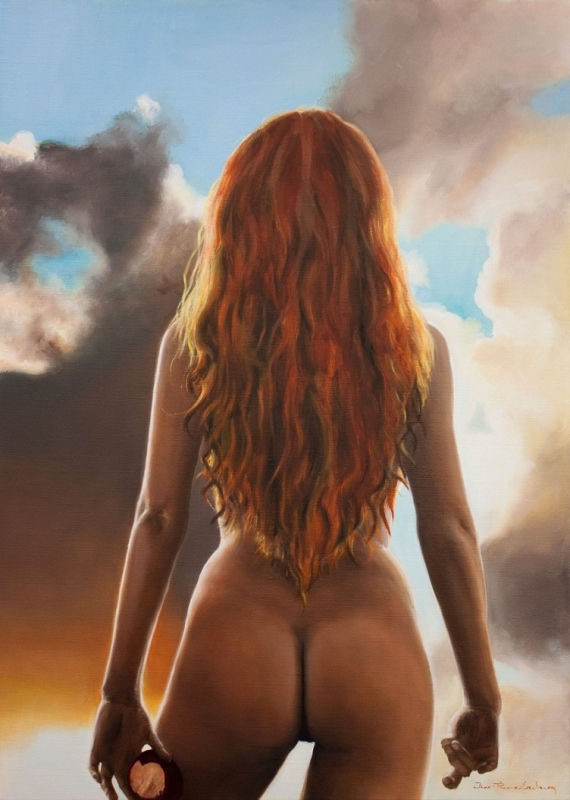
Fig. 11. Eve (orientalsouls.com)
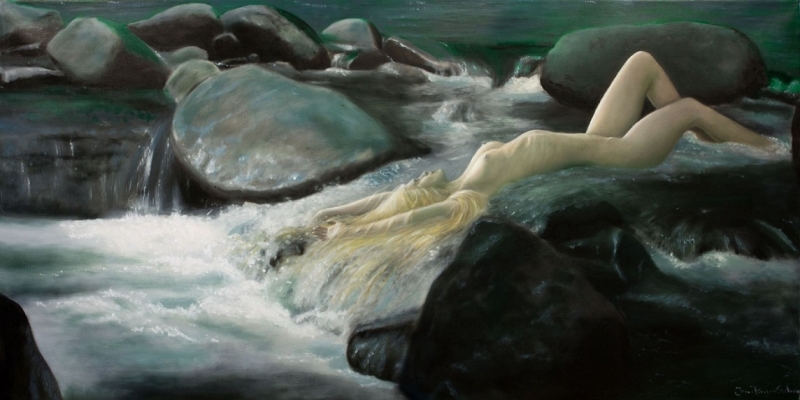
Fig. 12. Ondine (orientalsouls.com)
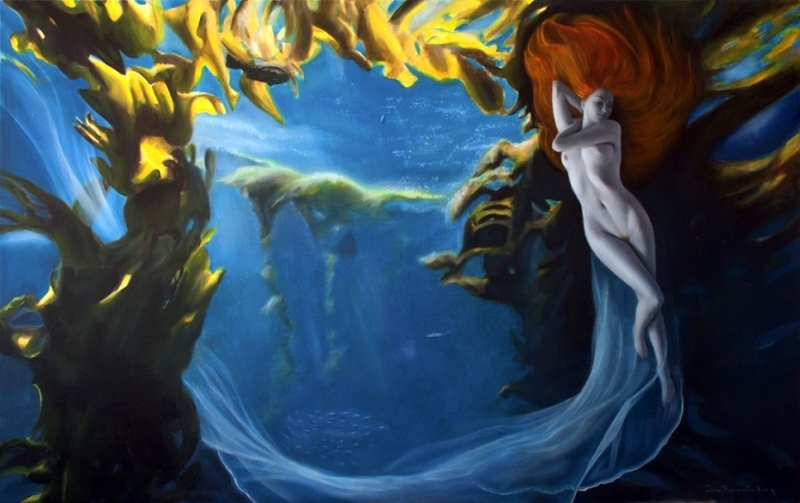
Fig. 13. Galatea (orientalsouls.com)

Fig. 14. Le Bain (orientalsouls.com)
In the extended Premium edition more on Leclercq's Lady Butterfly piece, his devotion to female beauty, the many wide-known female images he examines like Lilith and Eve, his ironic twist to Plato's shadiows and many additional images of his mesmerizing beauties.
Click HERE for the adult fantasies of the British illustrator Les Edwards
Sources: concorde-art-gallery.com; jpleclercq.com

